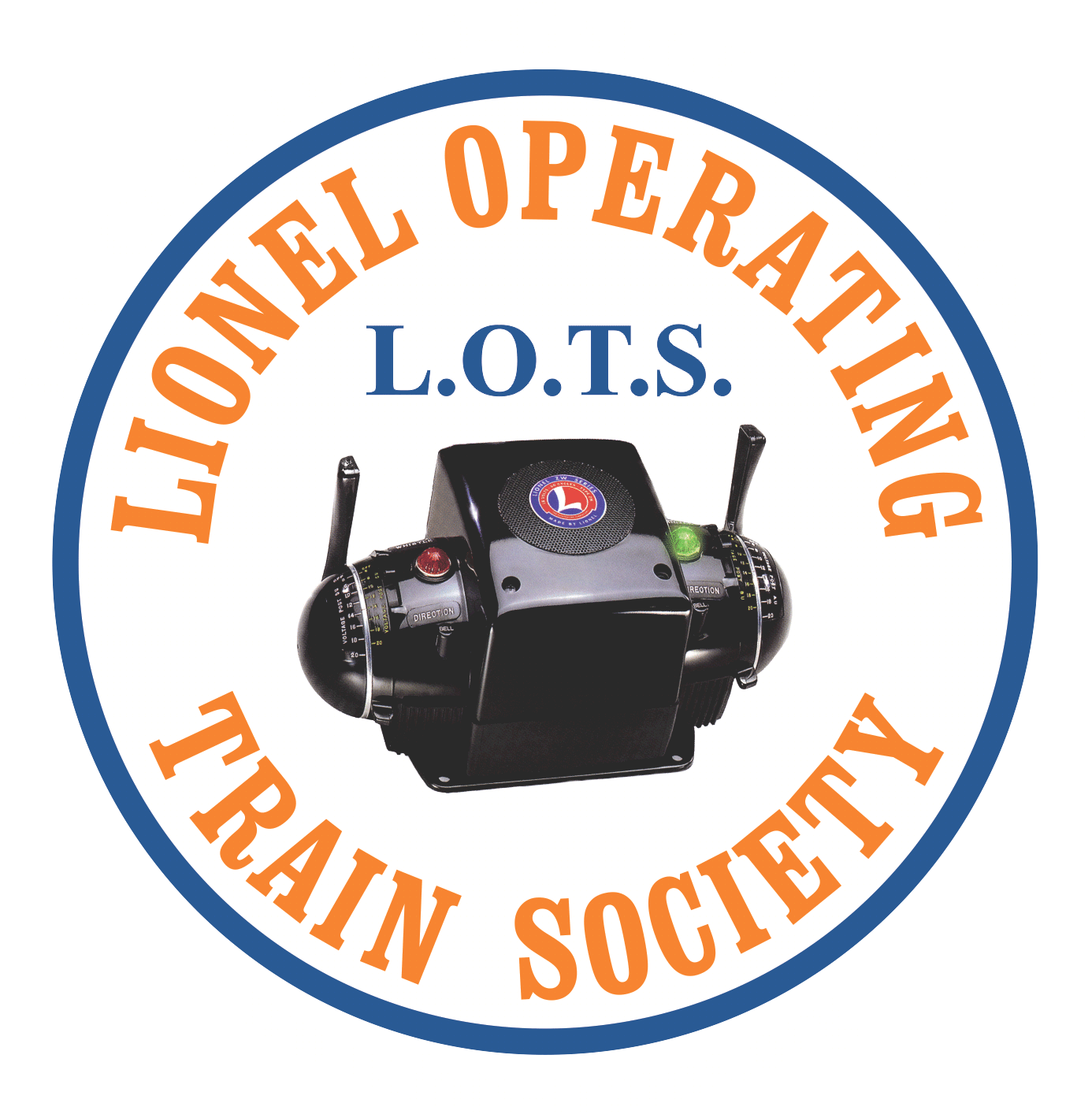ADDING PROTOTYPICAL MARKER JEWELS TO YOUR LOCOMOTIVES
by Edward Mazur, RM 3123
Recently I ran across some correspondence with LOTS member Bob Mayer, #5689 of Wheaton, Illinois. When Bob is not working on his LOTS pike he is a real engineer for the Illinois Central Railroad. According to him, the following is the proper marker protocol.
1. No Marker Lights
- A. A regularly scheduled train that is authorized by the employee timetable.
- B. The LAST of the following sections running on the “same” schedule as the timetable train that is running with sections following. (All sections of a split timetable train are considered to be running
on the published timetable time, even if the last section is 2 hours behind!).
2. Green Markers
- A section of a timetable-published train; more sections are coming.
3. White Markers
- A Dispatcher-authorized train with written or verbal orders to occupy the specified mainline territory.
4. Red Markers
- This engine is STOPPED and YOU had better stop also! Danger ahead!
- Caboose markers also have a protocol.
- 1. No Markers—Inactive, in the yard.
- 2. Red Markers—to the rear or “front”—STOP! DANGER AHEAD!
3. Green Markers to the rear—in a siding, being overtaken by a mainline train, only on the mainline side—-CLEAR AHEAD.
Bob Mayer notes that Illinois Central Railroad caboose markers had red side(horizontal) lenses but that he has seen yellow side lenses used by some railroads.
During daylight hours, the engines would additionally display color marker flags as they were easier to see during movement than the frensel lenses in the electric ones. All engines, including switchers, had mounted flag/signal racks in the cabs which the Firemen made sure had all the flag colors, torpedoes and fuses before beginning a run.
Finally, ANY person on the right-of-way waving their arms or swinging a light means STOP.
Bob and I hope that this assists you in understanding train signals and adding variety and interest to your LOTS layouts!
